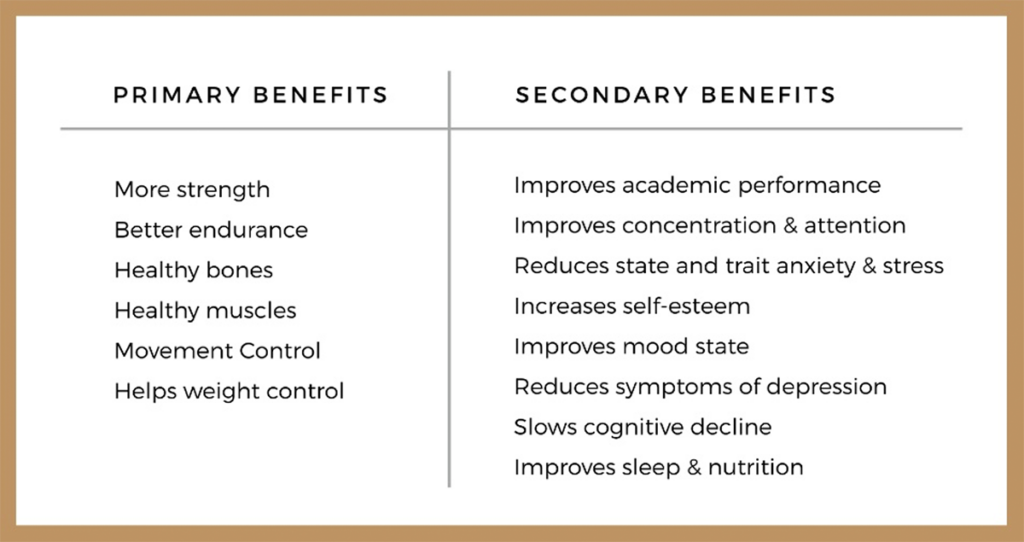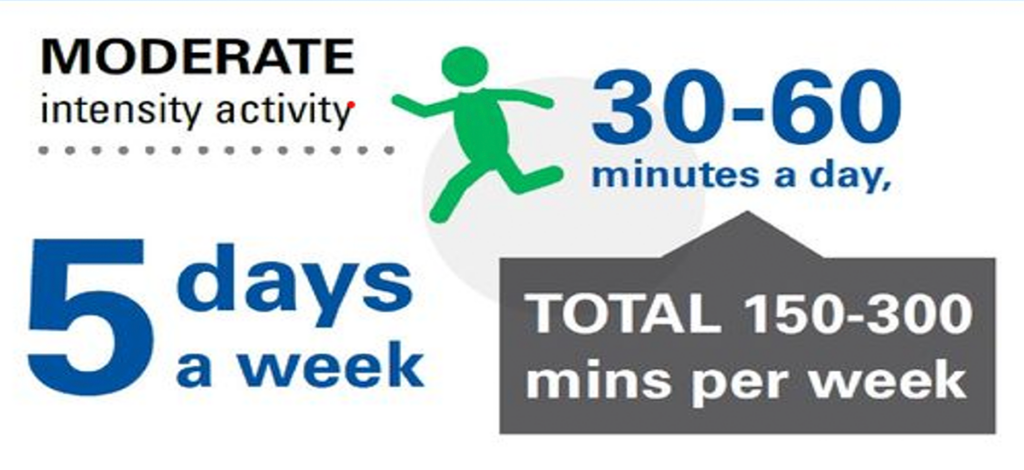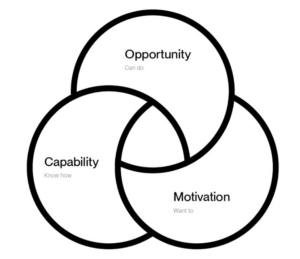When the chill of winter sets in, it can feel impossible to keep active. The days are shorter, the temperatures drop, and the last thing you want to do is leave the warmth of your home for a workout. For many, staying active during the colder months can feel like an uphill battle. But just because it’s colder outside doesn’t mean you have to let your fitness routine fall by the wayside.
In this article, we will outline why it is important to stay active and discuss some of the strategies utilised one of the biggest challenges in winter is the lack of motivation to exercise.
 Why keeping active in winter is important.
Why keeping active in winter is important.
However, staying active in the winter months is more important than ever for both our physical and mental health. Physical activity at this time of year offers more benefits than in the summer: it increases the production of immune bodies; allows more oxygen to reach the brain, thereby improving its function; and increases the number of endorphins that protect the scares against the winter mood slump (1). This is important aspect of physiology that impacts our day to day lives as we are more equipped to fight infection and having increased oxidative capacity improves our cognitive capacity at work, basically allowing us to take care of business and more importantly enjoy our day free from unhealthy behaviour.

National Physical Activity Guidelines
The Australian Department of Health suggests adults to achieve at least 30 minutes of moderate intensity activity or 15 minutes of vigorous activity per day. For context, moderate intensity exercise is physical activity that increases your heart rate and breathing but allows you to still talk comfortably while doing it.
This is defined by 50-75% of your maximum heart rate, with anything above 75% considered vigorous. You will know when your intensity reaches heights as you will be only able to articulate a few words at a time. An example of moderate exercise could be a brisk walk, flat cycling or participating in a water aerobics class. If the thought of lacing up your shoes just to head out for some of these routines, then trust me, I understand. Exercise places stress on our bodies and can be difficult to add to our chaotic and stressful weekly schedules to a point where psychologically, it feels movement will drain our body of precious energy.

How to keep active during winter
The most important step when focusing on our activity in the winter months is to reflect on your current exercise levels. Your wants and needs are paramount in self-reflection, what you want to achieve in the next three months is a great way to establish where you’re at and what your goals are. A good place to start with this is achieving the recommended physical activity guidelines. Getting moving takes discipline, but if you have a good plan, take time to find out what activities you like and honouring your body with a workout then 30 minutes will go past like the flash.
There are plenty of ways to keep moving, even when it seems like the world is hibernating. Exercise indoors is an easy way of doing this. Taking breaks every 30 minutes from your desk to stretch, go for a walk or play with your pets is a great way to break up your day and burn some energy. If you are looking to mix in some exercises that will build your strength and flexibility, a good place to start is by joining a YouTube channel and follow along to a structured work-out routine.
A good way to keep yourself accountable is to set your weekly schedule, stick to it and make sure you record your results through a wearable tracking device or paper-based monitoring. Scheduled reinforcement is a theory in which people tend to be influenced by the learning and maintenance of that behaviour that are scheduling (2). To identify what you need to change, look at the following image of behaviour change and decide what area do you need help to change.
The COM-B model, which stands for Capability, Opportunity, and Motivation, proposes that these three factors significantly influence behaviour change.
For example, a person might be motivated to exercise (B), but if they lack the physical capability (C) or if the environment doesn’t provide opportunities (O) (like a lack of nearby parks or gym memberships), their exercise behaviour might be limited.

Incidental activity is another effective way to incorporate movement into your day. This might include taking the stairs instead of a lift, walking to the shops instead of driving or parking your car further away than the destination to get your steps in. If you are having trouble finding what works for you, speak with an accredited Exercise Physiology to assist with developing a suitable training routine and discuss strategies to maximise your activity to foster positive physical and emotional wellbeing through the winter months. Wearable devices have the greatest benefit on incidental activity.
This type of scheduled reinforcement in study has shown correlation between physical activity micropatterns and participants’ health records. Research shows physical activity in short bouts were linked to health status amongst sedentary individuals. This study shows that regular, long-term exercise could reduce the risk of heart attacks, strokes and premature death – but the length of activity and intensity matters (3).
Staying active during winter may be challenging due to cold weather and low motivation, but it’s important for your health, and this article offers strategies to help maintain your fitness routine. Staying active in winter is especially important, as it strengthens the immune system, supports brain health, and lifts mood—helping you stay well, think clearly, and enjoy each the colder months.
To stay active during winter, start by reflecting on your current exercise habits and setting achievable goals. The intensity and duration for activity each day should follow the physical activity guidelines. Incorporating both structured and incidental movement—like indoor workouts, stretching breaks, or walking instead of driving—can make exercise more manageable and enjoyable. Tools like wearable trackers, scheduled routines, and online workout videos help build consistency and motivation, while support from an exercise professional can tailor a routine to your needs.
1. Turrisi, T. B., Bittel, K. M., West, A. B., Hojjatinia, S., Hojjatinia, S., Mama, S. K., … & Conroy, D. E. (2021). Seasons, weather, and device-measured movement behaviors: a scoping review from 2006 to 2020. International Journal of Behavioral Nutrition and Physical Activity, 18, 1-26.
2. Johnson AR, Christensen BA, Kelly SJ, Calipari ES. The influence of reinforcement schedule on experience-dependent changes in motivation. J Exp Anal Behav. 2022 May;117(3):320-330. doi: 10.1002/jeab.755. Epub 2022 Mar 28. PMID: 35344601; PMCID: PMC9090977.
3. Ahmadi MN, Hamer M, Gill JM, Murphy M, Sanders JP, Doherty A, Stamatakis E. Brief bouts of device-measured intermittent lifestyle physical activity and its association with major adverse cardiovascular events and mortality in people who do not exercise: a prospective cohort study. The Lancet Public Health. 2023 Oct 1;8(10):e800-10.
